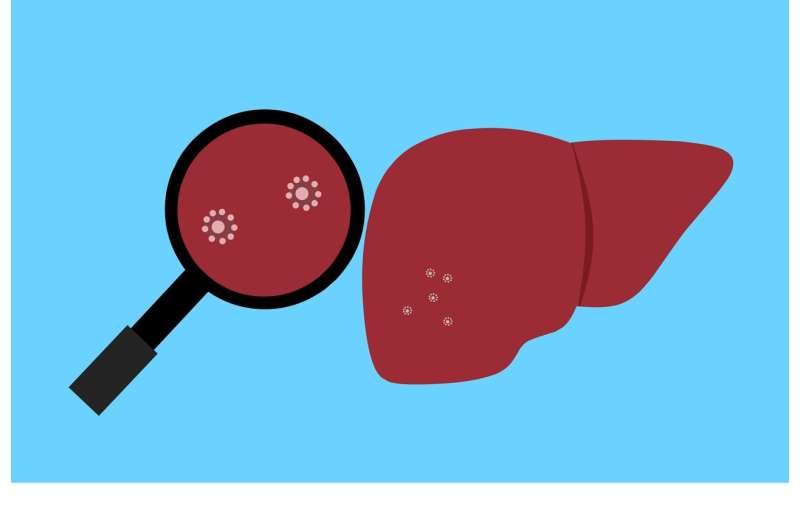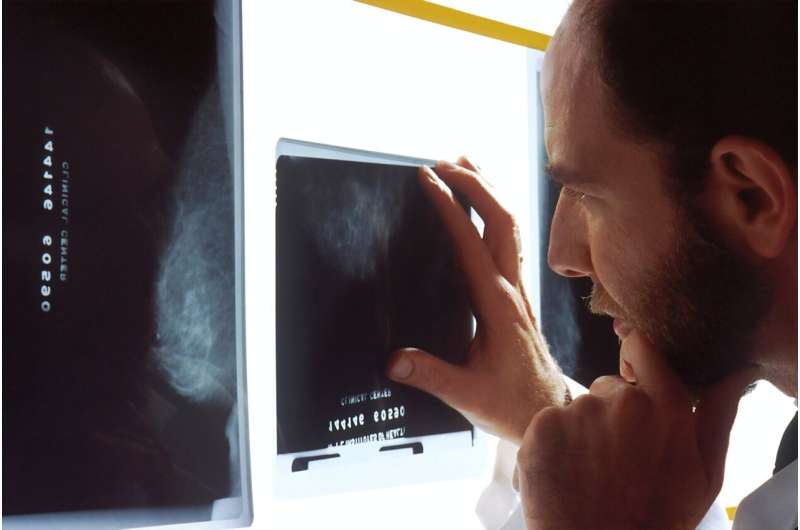Unique Gene Expression Patterns in Human Hippocampal Neurogenesis Compared to Other Mammals

New research uncovers distinct gene expression patterns in human hippocampal neurogenesis, highlighting species-specific features and potential therapeutic targets. Source: https://medicalxpress.com/news/2025-08-human-hippocampal-neurogenesis-unique-gene.html
Recent research has provided deeper insights into the molecular characteristics of neurogenesis in the human hippocampus, particularly focusing on immature dentate granule cells (imGCs), which are integral to brain plasticity, learning, and memory. While the process through which new neurons are generated—neurogenesis—has been extensively studied across different species, significant differences in gene expression profiles in humans have now been uncovered.
A collaborative study by scientists from the University of Pennsylvania, the Chinese Academy of Sciences, and other institutions, published in Nature Neuroscience, employed advanced machine learning and single-cell RNA sequencing (scRNA-seq) techniques. Their goal was to explore whether the molecular pathways driving imGC development are conserved across species such as mice, pigs, monkeys, and humans, or if unique human features exist.
The researchers developed a machine learning classifier trained on data from young macaques to accurately identify imGCs, a task that had been challenging with previous methods. Applying this classifier across existing datasets, they found that while fundamental biological processes are similar across species, the gene expression patterns—particularly in humans—are markedly distinct. Specifically, human imGCs exhibited a significant enrichment of certain gene families, including those involved in proton transport via vacuolar-type ATPases, which are critical for cellular energy and neurite outgrowth.
This discovery suggests that although the developmental mechanisms are conserved, the regulation of specific genes has diverged in humans, potentially reflecting adaptations in neuroplasticity and cognitive functions. The findings emphasize the importance of human-specific models in neurogenesis research and caution against over-reliance on mouse data for understanding human brain development.
The study also highlighted the value of integrating multi-omics approaches in future research, aiming to unravel the complexities of neurogenesis across different life stages and in disease contexts. These insights could pave the way for innovative therapeutic strategies targeting hippocampal neurogenesis to treat neurodegenerative and neuropsychiatric conditions.
For more details, the full study can be accessed at Nature Neuroscience.
Stay Updated with Mia's Feed
Get the latest health & wellness insights delivered straight to your inbox.
Related Articles
Pesticide Rotenone Exposure Alters Brain Gene Activity Linked to Parkinson's Disease
New research reveals that exposure to the pesticide rotenone causes lasting gene expression changes in brain regions linked to Parkinson's disease, shedding light on environmental risk factors and mechanisms of neurodegeneration.
Research Indicates Sexual Satisfaction Remains Significant for Women Throughout Menopause Transition
A recent study shows that sexual pleasure remains vital for women across menopause, with many maintaining orgasm satisfaction and embracing self-pleasure despite age-related changes.
Early Menopause and Its Link to Increased Risk of Fatty Liver Disease and Metabolic Disorders
Women experiencing menopause before age 50, especially before 45, face a higher risk of fatty liver disease and metabolic health issues, highlighting the importance of early risk assessment and intervention.
Innovative Open-Source AI Model Enhances Breast Cancer Detection Using MRI
A new open-source AI model developed by researchers at CCNY and MSKCC demonstrates high accuracy in detecting and localizing breast cancer in MRI images, offering potential to improve early diagnosis and screening strategies.



